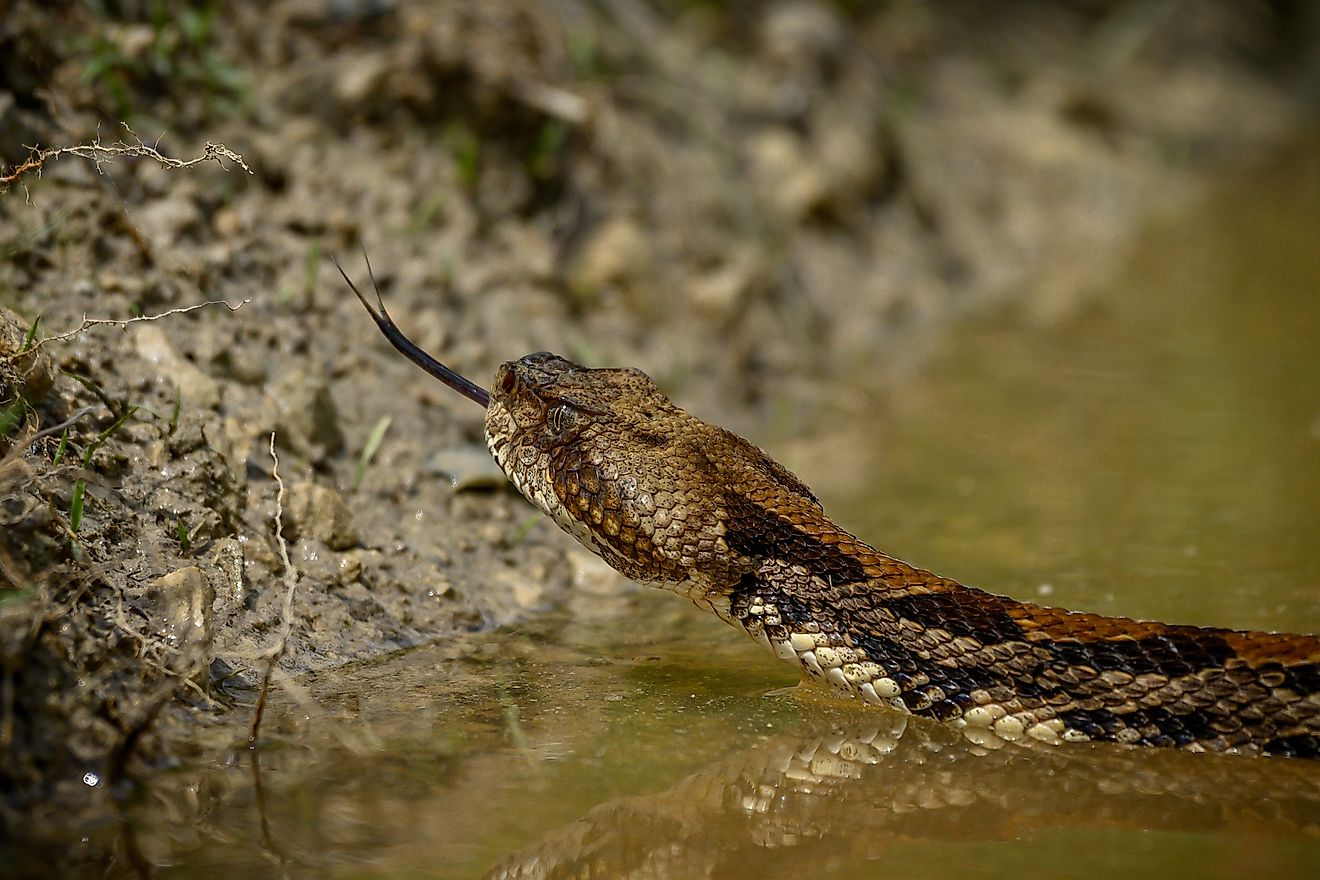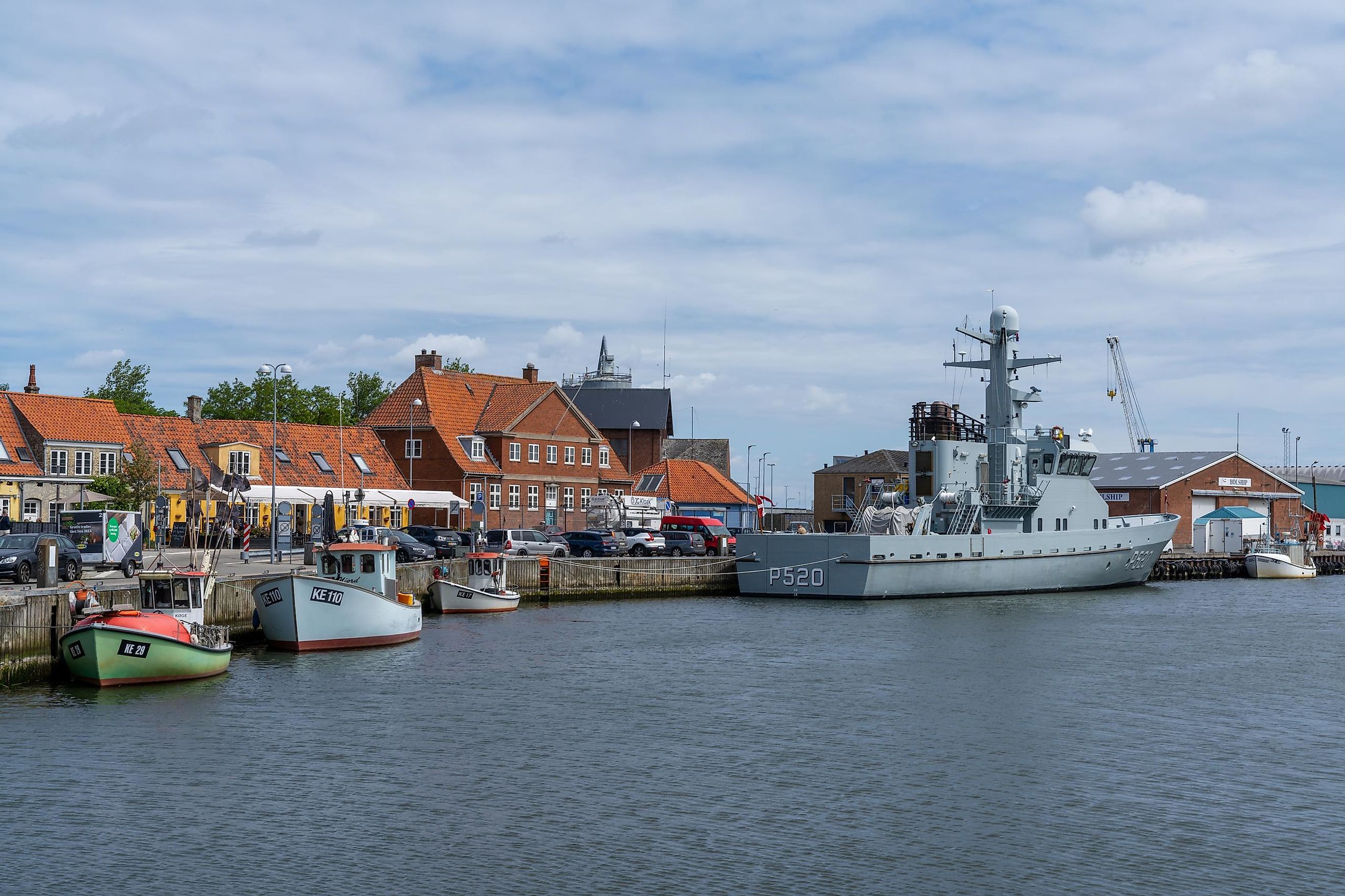
Koge Bay
Koge Bay, or Køge Bugt, as it is known locally, is a shallow but otherwise sizable body of water in Denmark. It spans some 190 square miles (500 square kilometers), just South of Copenhagen. Though it is closely connected with the capital, and even provides a buffer zone for the Copenhagen International Airport (Københavns Lufthavn), the bay actually takes its name from the seaport/market town on its Southwest bend. Køge and the associated waters have quite a history, complete with numerous naval battles and even a bizarre criminal investigation that would become the subject of the Netflix documentary Into the Deep: The Submarine Murder Case.
The Geography Of Koge Bay
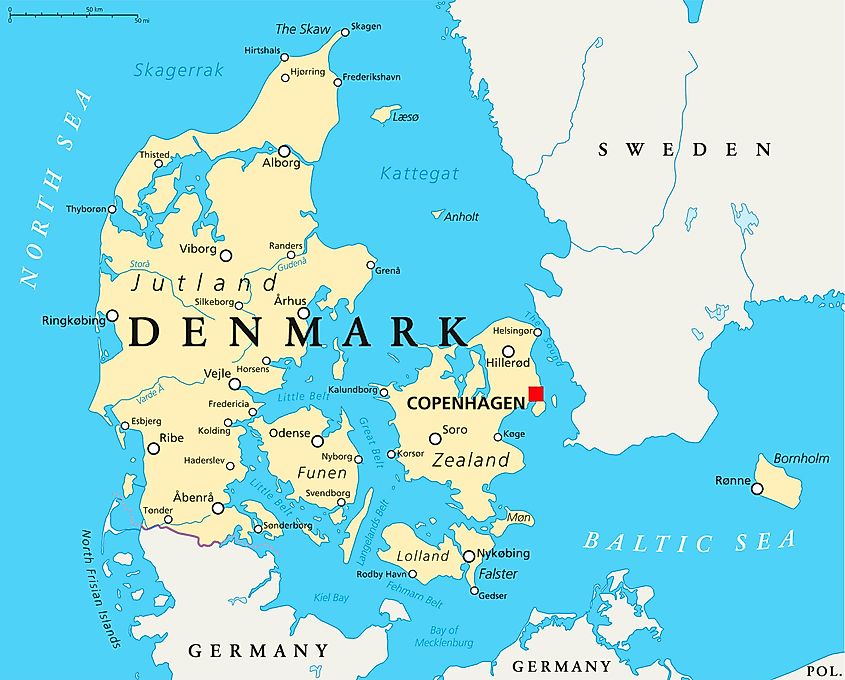
Denmark's Koge Bay composes the Southwest portion of the Scandinavian strait known as The Sound (Øresund in Danish). This narrow strip of water separates Denmark, specifically its largest and most populous island, Zealand (to the West), from Sweden (to the East), and the former's capital city, Copenhagen, from the latter's major coastal city, Malmö – though the Øresund Bridge links them. Koge Bay opens into the Baltic Sea, while the Northern terminus of The Sound joins a sea known as Kattegat.
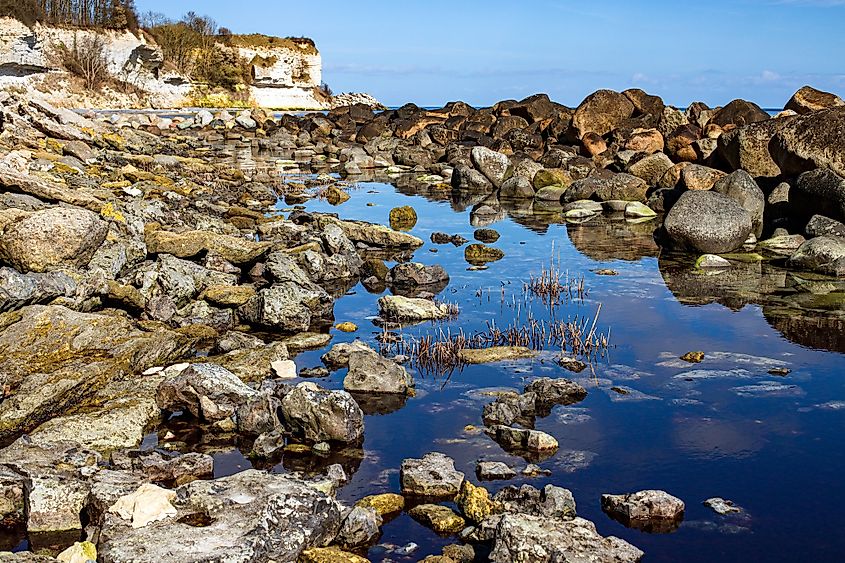
Copenhagen and the Copenhagen International Airport (whose runway extends over the waters) mark the Northern extent of Koge Bay. From there, suburban areas line the coast as it sweeps down to the active harbor town of Køge, approximately 45 kilometers/28 miles Southwest of Copenhagen. Strøby Egede caps off the Southern portion of the bay's urbanized coast. Koge Bay is also dotted with interesting beaches and museums. Following the counter-clockwise semi-circle from North to South, there is the Kalvebod Fælled nature preserve, where cows, deer, horses, and amphibians can safely roam adjacent to the airport, Brøndby Strandpark public beach for residents of Copenhagen to enjoy, the Arken Museum of Modern Art, Mosede Fort and its World War I museum, the national forest of Trylleskoven, the long wild beach of Jersie Strandpark, and the more rugged, but quaint shore of Strøby Ladeplads Strand. At the furthest Southern extent of Koge Bay, the stark white chalk/limestone cliffs of the UNESCO World Heritage Site of Stevns Klint are a well-worth day trip for those in the Greater Copenhagen Area. This list, while not exhaustive, gives an idea of what the shoreline fosters.
In terms of its overall dimensions, Koge Bay covers approximately 500 square kilometers (190 square miles), and measures a depth of no more than 10 meters (33 feet).
The Climate Of Køge
Borrowing from Køge's climate data (the city, not the water's surface readings), the general coastal region experiences moderate weather conditions, with no particular extremes jumping to the foreground. The warmest and sunniest month is July, which generally brings average highs of 22 degrees Celsius (72 Fahrenheit) and approximately 230 hours of sunshine. The coldest month hits in February, bringing average maximum temperatures of just 4 degrees Celsius (40 Fahrenheit), and lows right around the point of freezing. August is the wettest month (78 millimeters/3.1 inches of rainfall), while April showers skip over Køge, instead making it the driest month of the year (45 millimeters/1.8 inches of precipitation).
The History Of Koge Bay
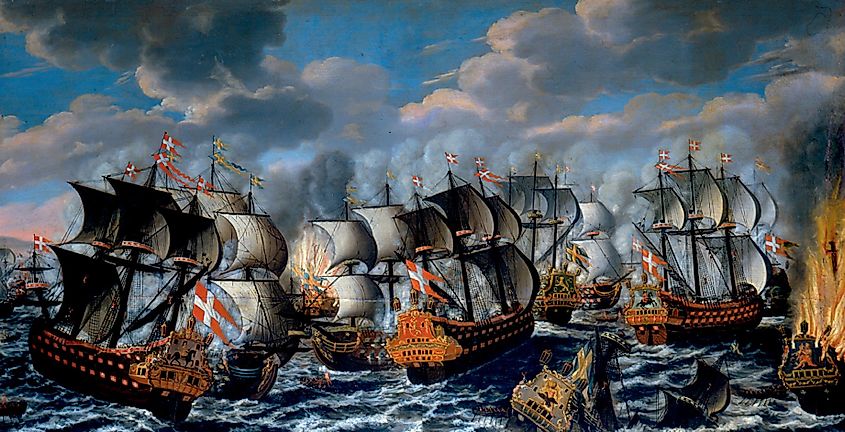
Koge Bay has long been a beneficial feature of the Danish map for transportation and commercial (namely, fisheries) purposes, and it is a notable part of a key geopolitical boundary. At the same time, this area has seen several intense battles, all of which bear its name in the history books.
The Battle of Køge Bay (1677) saw the combined naval forces of Denmark and Norway pitted against those of neighboring Sweden as part of the Scanian War. The ships amassed on the evening of June 30, with the destructive exchanges taking place between July 1st and 2nd. Under the leadership of Admiral Niels Juel, the Dano-Norwegian navy secured a decisive victory. When the dust and debris settled, the former lost an estimated 100 men but no ships, while the latter suffered in excess of 3,000 casualties and saw eleven ships sink in the shallow seafloor.
The Battle of Køge Bay (1710) was a different story. The Dano-Norwegian fleet once again squared off against the Swedish Empire, this time as part of the Great Northern War, but this time, with neither side securing the upper hand. Between October 4th and 5th, in the face of challenging weather conditions, neither navy could secure a definitive victory, though the Danish took on more damage and losses.
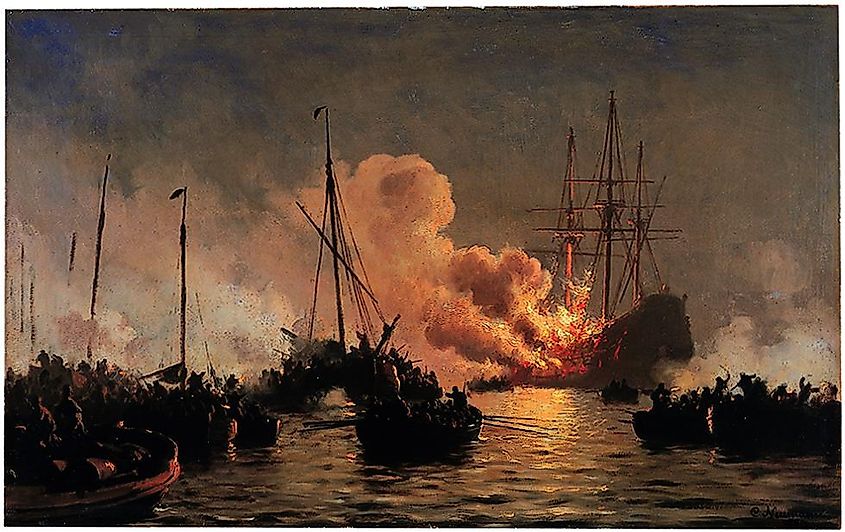
The Battle of Køge (also known as "The Battle of the Clogs") jumps ahead another century, to August 29, 1807, to an event that was part of the Gunboat War and the Napoleonic Wars. This encounter took place on land between British troops who were invading Copenhagen and the defending Danish militia. The latter took on significantly more casualties, injuries, and captures.
Koge Bay made headlines for another violent reason following the murder of Kim Wall on August 10, 2017. Early that evening, the unsuspecting Swedish journalist boarded the personal submarine of eccentric Danish entrepreneur Peter Madsen to secure an interview and participate in the vessel's maiden voyage. After a confusing and disturbing investigation, Madsen was sentenced to life imprisonment. The story made global headlines and was eventually turned into a critically-acclaimed Danish documentary called Into the Deep. It premiered at the 2020 Sundance Film Festival and was later distributed on Netflix.
Denmark's Køge Bugt is an invaluable geological feature of its most-populated area. Residing just South of Copenhagen, anyone flying into the capital will get an intimate look at this large, shallow body of water. Koge Bay has found its way into the annals of military history on a number of occasions, and just a few years ago, the world heard this name as part of the itinerary of a strange and, ultimately, fatal submarine tour.
